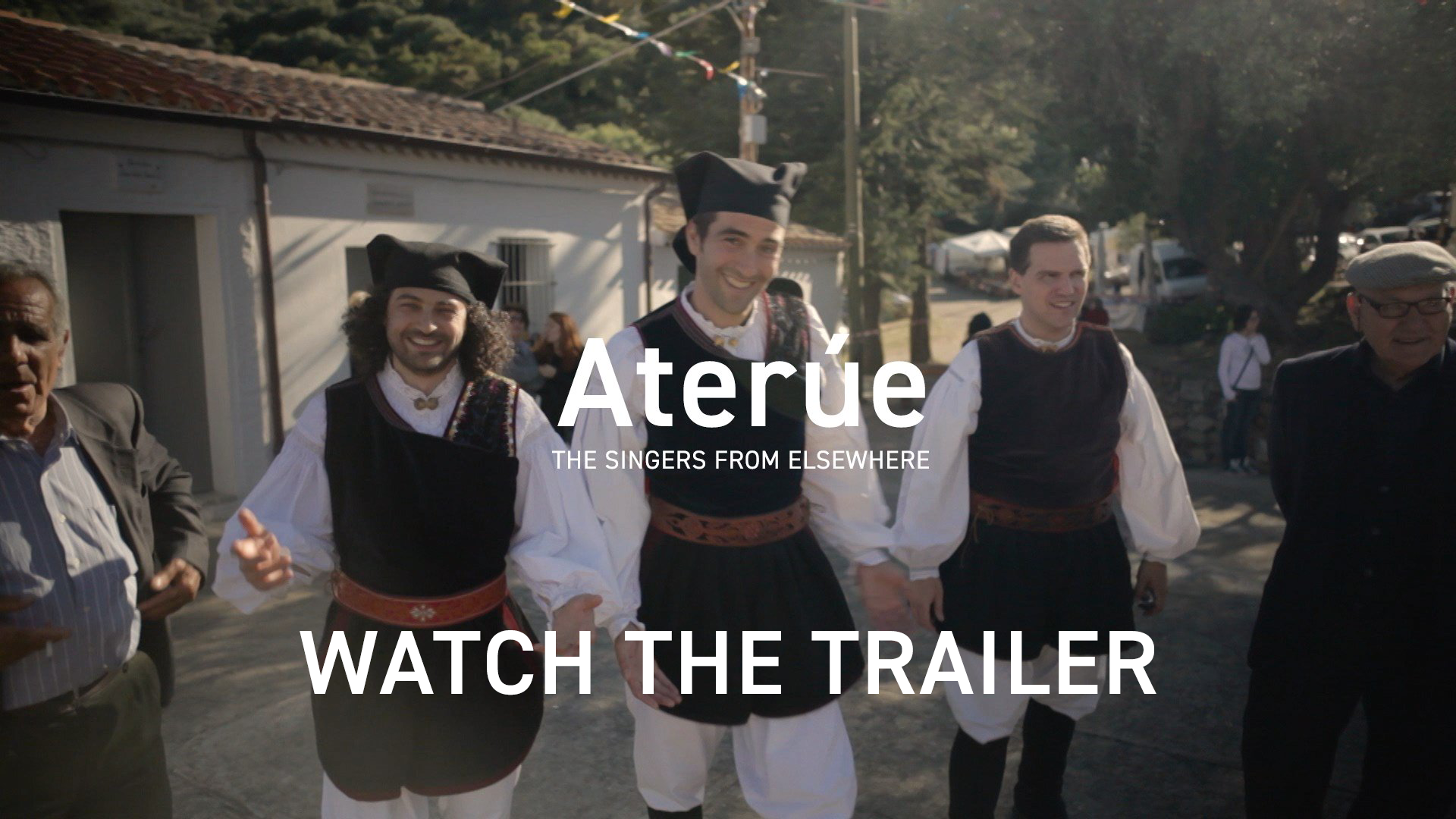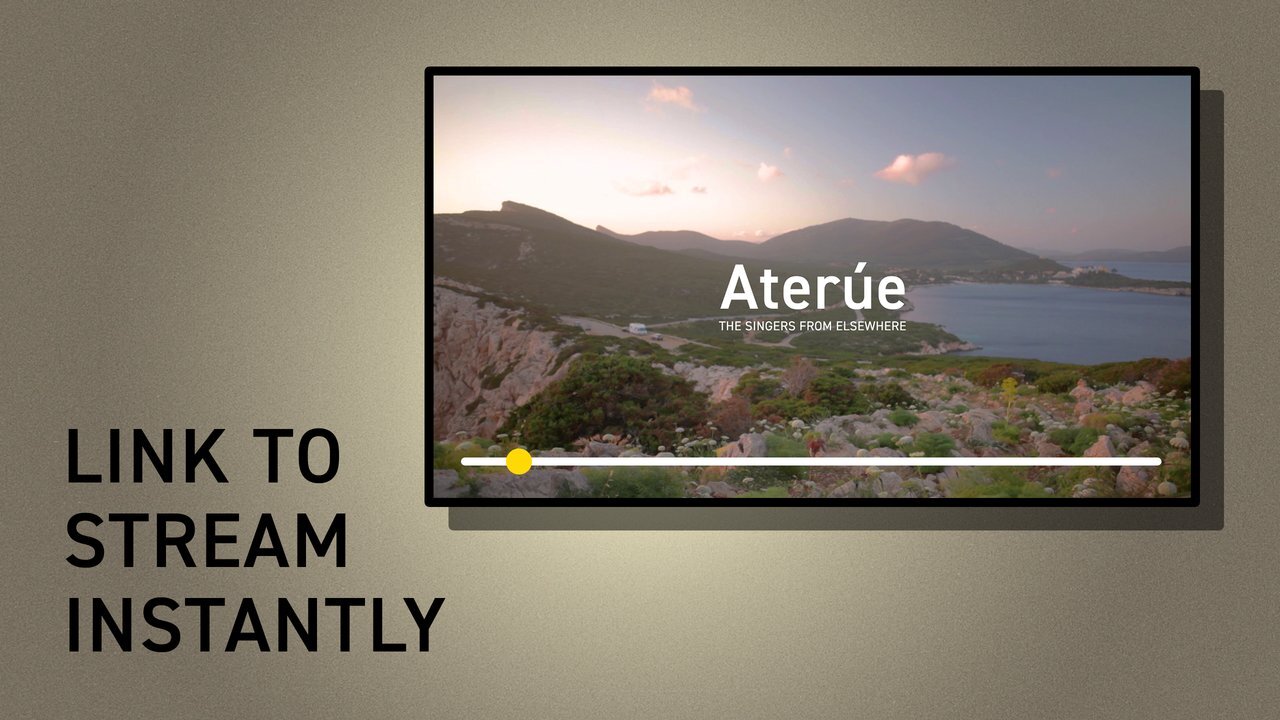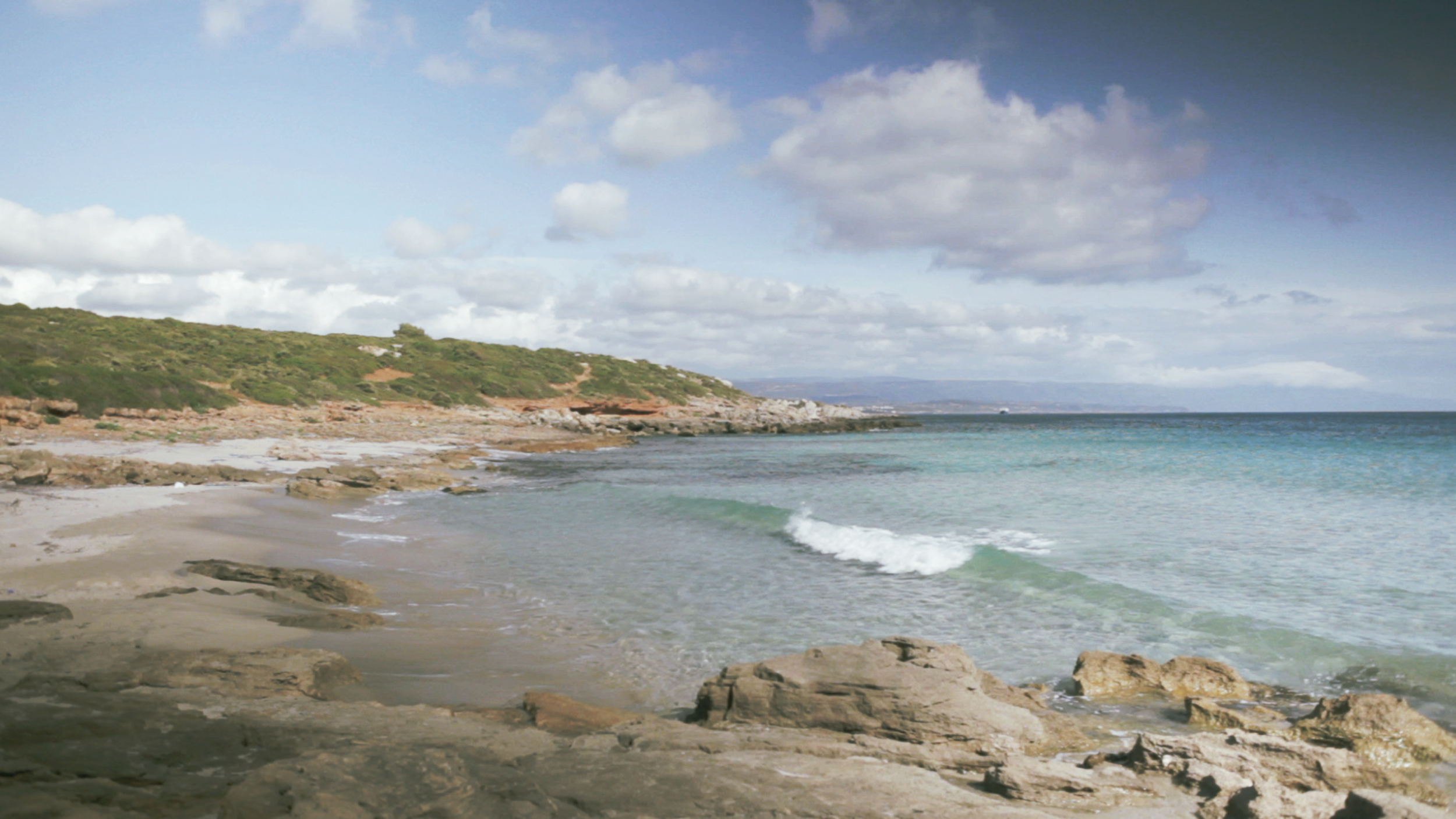The songs on this album reflect our journey as a quartet. In many ways, that journey has been like an incredible feast. It started with the "appetizers": our experience of listening to CDs and YouTube videos of cantu a tenore. After posting our first YouTube video showing what we'd learned, we were contacted by Sardinians who seemed as excited about our group as we were about their music. “Try this! Listen to the incredible boghe on this song! Here are lyrics for this gem,” said the emails and Facebook messages. In 2013 we traveled to Sardinia for the first time, feasting in good company. We were overwhelmed by an epic muttos jam session with over twenty singers in the town of Nuoro. We wept at the beauty of the astonishing boghe ‘e notte songs sung by our hosts in Orune, Fonni, and Silanus. We danced in piazzas with grandmothers, teenagers, and middle-aged men. It was a life changing experience for us all.
Our hearts and spirits are filled with the memory of those exciting nights (and sleepy days between) that plunged us deep into the living world of cantu a tenòre. We look forward to our next visit, at which time we hope also to visit Sardinia's stark and majestic neighbor, Corsica, whose music and traditions have similarly enchanted us. We've included two Corsican liturgical songs on this album, with more to come! And now, we invite you to join us at the table.
A chent’annos!
released December 20, 2016
Recorded at The Old Meeting House
in East Montpelier, VT.
Engineered, Mixed, and Mastered
by Devin Greenwood at the Honey Jar
Audio Editing by Gideon Crevoshay
Cover Painting - Doug Paisley
Design & Layout - Gideon Crevoshay & Carl Linich









